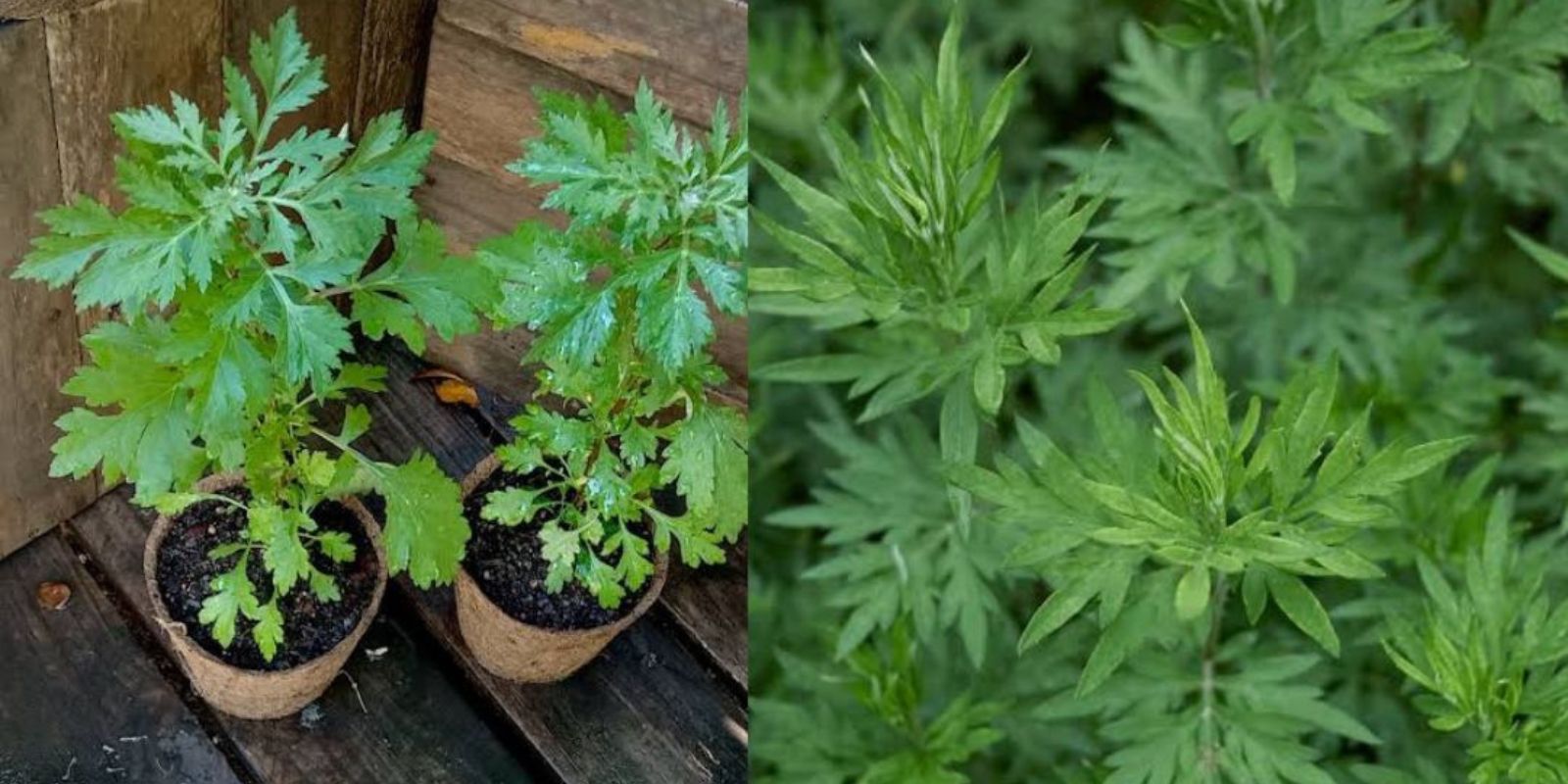When it comes to versatile and underrated plants, Artemisia vulgaris, commonly known as mugwort, stands out as a powerhouse of benefits. From its historical medicinal use to its role as a natural pest repellent in the garden, mugwort has earned its reputation as a wonder plant. Despite its humble appearance, this herb packs a punch in multiple areas—making it a valuable addition to your garden and daily life.
In this article, we’ll explore the fascinating world of Artemisia vulgaris, delving into its history, uses, and why you should consider growing it in your garden. Whether you’re a seasoned gardener or a curious beginner, mugwort has something unique to offer.
1. A Brief History of Artemisia vulgaris
Mugwort has been cherished for centuries, dating back to ancient times. Named after the Greek goddess Artemis, it was believed to have divine healing properties. Traditional medicine systems, from Europe to Asia, used mugwort for digestive issues, menstrual irregularities, and as an energy booster. It was also a staple in medieval rituals, with people carrying it as an amulet for protection or burning it to cleanse spaces.
Today, while some of its uses are rooted in folklore, modern herbalists and gardeners are rediscovering its practical applications in health and horticulture.
2. How to Identify Mugwort
Before diving into its uses, you need to correctly identify Artemisia vulgaris. It’s a hardy perennial that grows up to 4 feet tall, with deeply lobed green leaves that have silvery undersides. Its aromatic scent is unmistakable, making it easy to recognize. Mugwort thrives in disturbed areas, roadsides, and open fields, but growing it in a controlled garden environment enhances its usability.
3. Why Grow Mugwort? The Multifaceted Benefits
a) Medicinal Properties
Mugwort is renowned for its medicinal qualities. The leaves can be dried and brewed into tea, which is known to aid digestion, reduce bloating, and relieve menstrual discomfort. Its calming properties make it an excellent choice for those seeking natural remedies for anxiety or insomnia. Mugwort is also used in traditional moxibustion, a practice in Chinese medicine that involves burning dried mugwort near the skin to promote healing.
Caution: Always consult a healthcare professional before consuming or using mugwort medicinally, as it may not be suitable for everyone, especially pregnant women.
b) Culinary Applications
While not as common as other herbs, mugwort can be a unique addition to your kitchen. Its slightly bitter flavor complements rich dishes, and it can be used in marinades, soups, and teas. In some cultures, mugwort is a key ingredient in desserts and bread, adding depth to traditional recipes.
c) Pest Control in the Garden
One of mugwort’s most practical uses is as a natural pest repellent. Its aromatic oils deter insects such as aphids, moths, and mosquitoes. Place dried mugwort around your plants or grow it near vulnerable crops for a chemical-free pest management solution.
d) Soil Health and Composting
Mugwort’s deep root system loosens compacted soil, improving aeration and drainage. When added to compost, its high nitrogen content accelerates decomposition, making it an excellent choice for sustainable gardening.
e) Companion Planting
Pair mugwort with crops like carrots, onions, or cabbage to protect them from pests. Its robust growth and natural pest-deterrent properties create a symbiotic relationship in the garden.
f) Cultural and Spiritual Uses
Mugwort has long been associated with rituals and spiritual practices. Use it for smudging, crafting dream pillows, or simply growing it as a symbolic plant of protection and renewal.
g) Aesthetic Appeal
Beyond its practical uses, mugwort is an attractive addition to gardens. Its silvery-green foliage provides a beautiful contrast to colorful flowers, making it a versatile ornamental plant.
4. How to Grow Artemisia vulgaris
Growing mugwort is incredibly easy, even for novice gardeners. It’s a hardy and adaptable plant that thrives in various conditions.
a) Soil and Location
Mugwort prefers well-draining soil but is not picky about fertility. It can grow in poor, sandy, or even rocky soils. Choose a sunny or partially shaded spot in your garden for optimal growth.
b) Planting
- Mugwort can be grown from seeds, cuttings, or divisions.
- If using seeds, sow them directly into the soil in early spring. For cuttings, take a healthy stem, dip it in rooting hormone, and plant it in moist soil.
c) Watering
Once established, mugwort is drought-tolerant and requires minimal watering. Overwatering can lead to root rot, so ensure the soil dries out between waterings.
d) Pruning and Maintenance
To prevent mugwort from becoming invasive, prune it regularly. Cut back the plant in late fall or early spring to encourage fresh growth and maintain a tidy appearance.
5. Harvesting and Using Mugwort
Harvest mugwort leaves during the growing season, ideally before the plant flowers. Cut the stems and hang them upside down in a cool, dry place to preserve their aroma and medicinal properties. Once dried, the leaves can be crushed for teas, pest repellents, or compost.
6. Tips for Sustainable Mugwort Gardening
- Control Spread: Mugwort can spread aggressively. Plant it in containers or use barriers to prevent it from overtaking your garden.
- Reuse Leaves: Incorporate harvested leaves into compost or use them as mulch for added soil benefits.
- Rotate Planting Areas: Avoid planting mugwort in the same spot every year to maintain soil balance.
7. The Hidden Potential in Your Garden
Artemisia vulgaris is a true example of nature’s unpretentious wonder. With its countless applications, from health remedies to garden sustainability, mugwort is a plant worth incorporating into your space. It’s not only easy to grow but also offers benefits that extend far beyond the garden.
Whether you’re sipping a mugwort-infused tea or marveling at its ability to protect your crops, this humble herb is a testament to the power of nature. Why not give it a place in your garden and unlock its hidden potential today?
🌿 Have you tried growing Artemisia vulgaris? Share your experiences or ask questions below!

